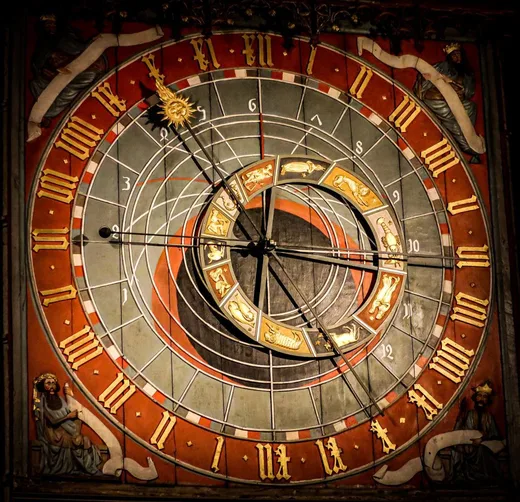Unraveling the Cross of Retreat
The Juxtaposition Cross of Retreat in human design comprises of Gates 33 and 19 along with Gates 2 and 1. This unique combination fosters a persona that seeks solitude and seclusion to better understand the world and themselves.
The energy of Gate 33, located in the Throat Center, contributes a strong propensity towards privacy and the need for periods of solitude. This gate, also known as the Gate of Privacy, fuels the need to retreat from the world to process experiences and reflect on them.
Gate 19, located in the Root Center, is known as the Gate of Wanting. It adds an emotional element to the Cross of Retreat, infusing a sensitivity and a deep yearning for peace, tranquility, and a sense of belonging.
On the other side of this cross, Gate 2, positioned in the G Center, is the Gate of Direction. It drives individuals to follow their own path and trust in their inner direction, often leading them towards moments of solitude where they can tune into their inner wisdom.
Finally, Gate 1, also located in the G Center, is known as the Gate of Self-Expression. It lends a creative and individualistic quality to those with this cross, allowing them to articulate and express their unique experiences and insights gained during their retreats.
The Challenges and Potentials
The Cross of Retreat offers both unique challenges and potentials for those who carry it. One key challenge is the risk of isolation. While solitude can provide valuable insights, excessive seclusion can lead to feelings of loneliness and disconnection.
Yet, this retreat energy provides immense potential for introspection and self-understanding. Those with this cross can use their periods of solitude to delve deeper into their own psyche, unravel their thoughts and emotions, and emerge with a profound understanding of themselves and their place in the world.
Another challenge is the struggle to balance the need for solitude with the need for community. Individuals with this cross need to learn to balance their time spent alone with time spent in social environments, to avoid feeling disconnected or isolated.
The potential here lies in their ability to bring back the insights gained from their retreats into their communities. Their experiences and reflections can provide unique perspectives and contributions to their social circles and beyond.
Lastly, this cross challenges individuals to articulate their inner experiences. With the energy of Gate 1, they are called to express their insights, but they may struggle with finding the right words or medium to do so. The potential here lies in exploring different forms of self-expression, such as writing, art, or even counseling, to share their insights with the world.
Embracing the Cross of Retreat
To fully embrace the Juxtaposition Cross of Retreat, individuals are encouraged to honor their need for solitude. This doesn’t mean total isolation, but rather allowing oneself the space and time to retreat, reflect, and rejuvenate.
While embracing solitude, it’s equally important to foster a sense of community. By balancing moments of retreat with meaningful social interactions, one can maintain a sense of connection and belonging.
Finally, it’s crucial to explore ways of expressing and sharing the insights gathered during times of retreat. This could be through creative endeavors, deep conversations, or contributing to others’ growth in some way.
In conclusion, the Juxtaposition Cross of Retreat is a powerful tool for personal growth and self-understanding. Those with it are equipped with the capacity to gain profound insights from periods of solitude, and the potential to make meaningful contributions through sharing these insights with others.


